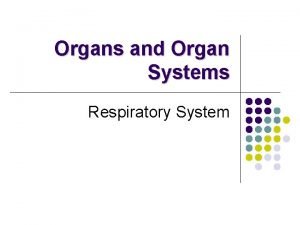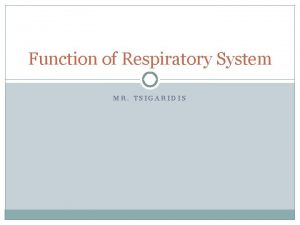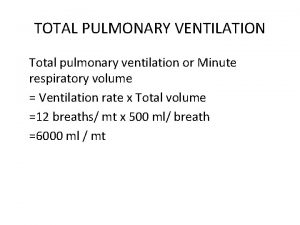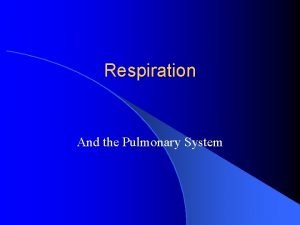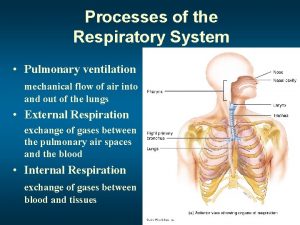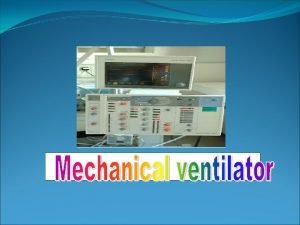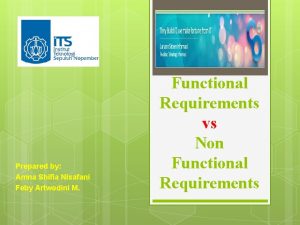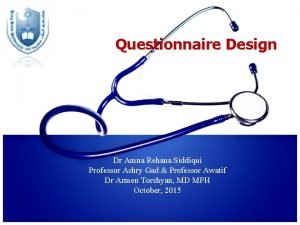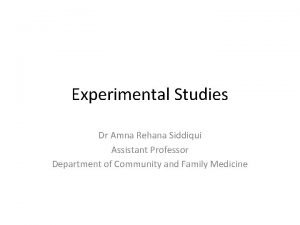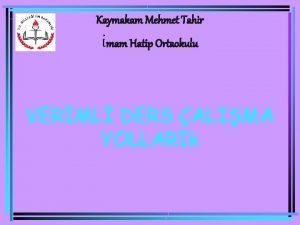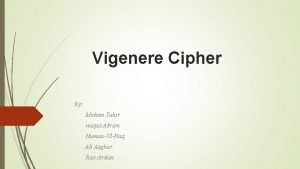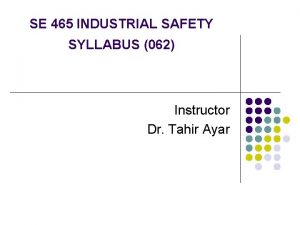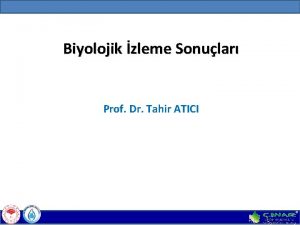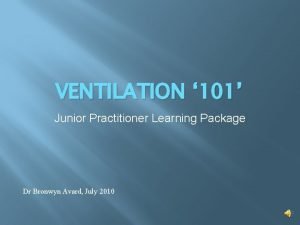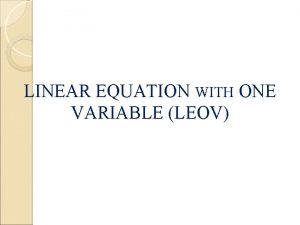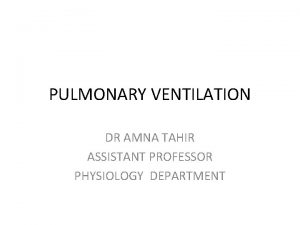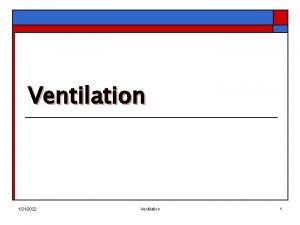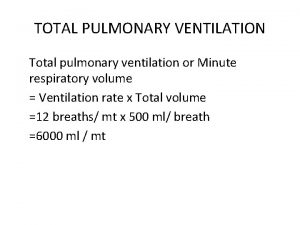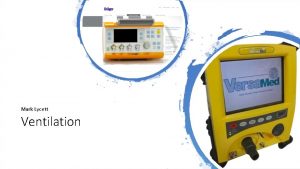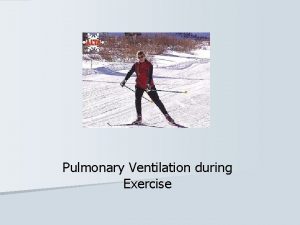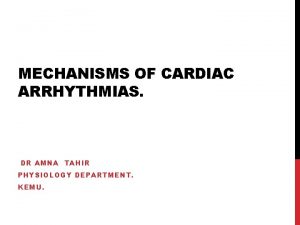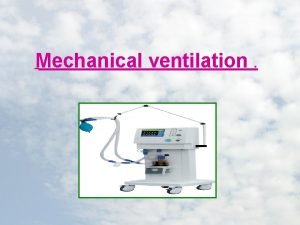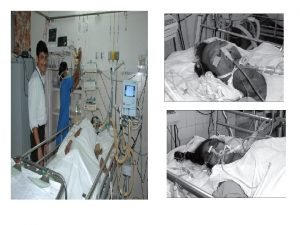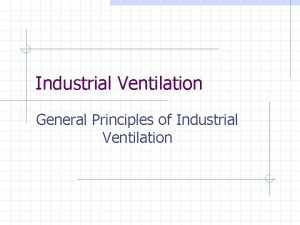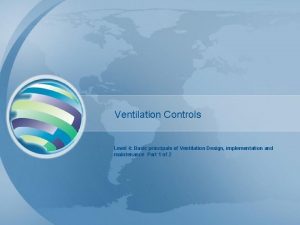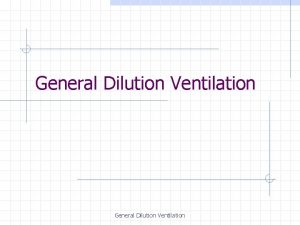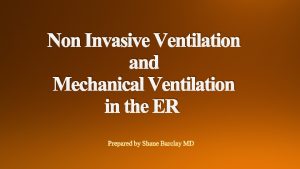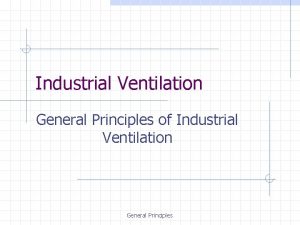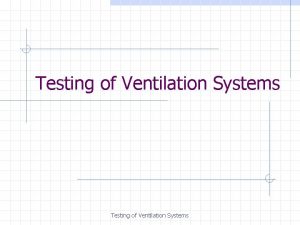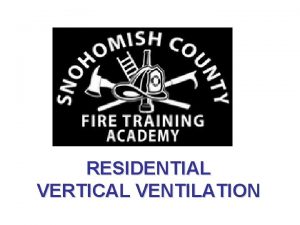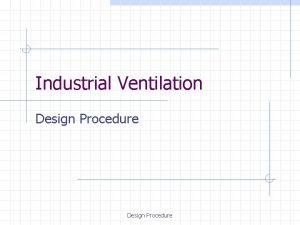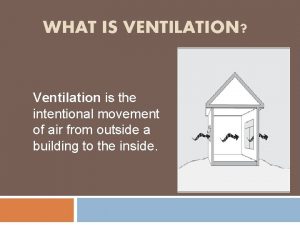Pulmonary Ventilation Dr amna tahir Learning outcomes At


































- Slides: 34

Pulmonary Ventilation Dr amna tahir

Learning outcomes At the end of this lecture you are able to get the idea of • Pulmonary ventilation • introduction of different pressure that normally involved changed in normal respiration • Muscles and movements related to respiration • Alveolar ventilation • DEAD SPACE, its types , advantages and disadvantages

Copyright © 2007 Lippincott Williams & Wilkins. Mc. Ardle, Katch, and Katch: Exercise Physiology: Energy, Nutrition, and Human Performance, Sixth Edition



Copyright © 2007 Lippincott Williams & Wilkins. Mc. Ardle, Katch, and Katch: Exercise Physiology: Energy, Nutrition, and Human Performance, Sixth Edition


Respiratory Zone Copyright © 2008 Pearson Education, Inc. , publishing as Benjamin Cummings. Figure 16. 3 (3 of 3)

Anatomy of the Respiratory Zone Copyright © 2008 Pearson Education, Inc. , publishing as Benjamin Cummings. Figure 16. 5 a

Copyright © 2007 Lippincott Williams & Wilkins. Mc. Ardle, Katch, and Katch: Exercise Physiology: Energy, Nutrition, and Human Performance, Sixth Edition


PULMONARY VENTILATION: MECHANISM – Pressure gradients are established by changes in the size of the thoracic cavity that are produced by contraction and relaxation of muscles (Figures 24 -4 and 24 -5) – Boyle’s law: the volume of gas varies inversely with pressure at a constant temperature – Inspiration: contraction of the diaphragm and external intercostals produces inspiration; as they contract, the thoracic cavity becomes larger (Figures 24 -6 and 24 -7) • Expansion of the thorax results in decreased intrapleural pressure, leading to decreased alveolar pressure • Air moves into the lungs when alveolar pressure drops below atmospheric pressure • Compliance: ability of pulmonary tissues to stretch, thus making inspiration possible 12



Chest Wall and Pleural Sac Copyright © 2008 Pearson Education, Inc. , publishing as Benjamin Cummings. Figure 16. 7

Pulmonary Pressures Copyright © 2008 Pearson Education, Inc. , publishing as Benjamin Cummings. Figure 16. 8 a–b




20

21

22

23

24

Volume and Pressure Changes Copyright © 2008 Pearson Education, Inc. , publishing as Benjamin Cummings. Figure 16. 13

Spirometry Copyright © 2008 Pearson Education, Inc. , publishing as Benjamin Cummings. Figure 16. 15

27

Minute Ventilation Total volume of air entering and leaving respiratory system each minute – Minute ventilation = VT x RR – Normal respiration rate = 12 breaths/min – Normal VT = 500 m. L – Normal minute ventilation = • 500 m. L x 12 breaths/min = 6000 m. L/min Copyright © 2008 Pearson Education, Inc. , publishing as Benjamin Cummings.

Dead Space and Ventilation Conducting zone (anatomical dead space) Fresh air “Old air” Alveolus Expiration (c) Copyright © 2008 Pearson Education, Inc. , publishing as Benjamin Cummings. Inspiration (a) CO 2 Exchange with blood (b) Figure 16. 17

Alveolar Ventilation – Volume of air reaching the gas exchange areas per minute – Alveolar ventilation = (VT x RR) – (DSV x RR) – Normal = 4200 m. L/min (500 m. L/br x 12 br/min) – (150 m. L/br X 12 br/min) Copyright © 2008 Pearson Education, Inc. , publishing as Benjamin Cummings.

Respiratory Rate and Ventilation Copyright © 2008 Pearson Education, Inc. , publishing as Benjamin Cummings. Table 16. 1

Definitions of Dead Space Anatomic Dead Space Physiologic Dead Space Low Blood Flow Copyright © 2006 by Elsevier, Inc.


Thank you
 Boyle's law pulmonary ventilation
Boyle's law pulmonary ventilation Pulmonary ventilation consists of two cyclic phases
Pulmonary ventilation consists of two cyclic phases Layers of the respiratory membrane
Layers of the respiratory membrane Anatomical structures of the upper respiratory tract
Anatomical structures of the upper respiratory tract Types of respiration
Types of respiration Pulmonary ventilation
Pulmonary ventilation Mode of ventilation
Mode of ventilation Amna shoaib
Amna shoaib Shifia
Shifia Dr ashry
Dr ashry Amna nisafani
Amna nisafani Rehana ladha
Rehana ladha Tahir bayındır
Tahir bayındır Tahir büyükhelvacı
Tahir büyükhelvacı Marie tahir
Marie tahir Kaymakam mehmet tahir imam hatip ortaokulu
Kaymakam mehmet tahir imam hatip ortaokulu Vigenere cipher
Vigenere cipher Tahir ayar
Tahir ayar Tahir atıcı
Tahir atıcı Mechanical ventilation learning package
Mechanical ventilation learning package Learning outcomes examples
Learning outcomes examples Water cycle learning outcomes
Water cycle learning outcomes Lesson plan on notice writing
Lesson plan on notice writing Learning outcomes of swot analysis
Learning outcomes of swot analysis Objective of teaching rhymes
Objective of teaching rhymes Planning goals and learning outcomes
Planning goals and learning outcomes Photolysis in photosynthesis
Photolysis in photosynthesis Objectives of photosynthesis
Objectives of photosynthesis Domain 6 community linkages explanation
Domain 6 community linkages explanation Learning objectives of linear equations in one variable
Learning objectives of linear equations in one variable A machine that converts mechanical energy into electricity
A machine that converts mechanical energy into electricity Objectives of direct and indirect speech
Objectives of direct and indirect speech Purpose of learning outcomes
Purpose of learning outcomes Modern input and output devices
Modern input and output devices Ib psychology learning outcomes
Ib psychology learning outcomes
